Instead of listing them, I decided to make a sketchnote about my first two weeks. Here it is:
I think it’s important to continue to have conversations about gratitude in education. In fact, these conversations have already been happening (check out the archive from #bcedchat’s discussion on Educational Gratitude). This has stuck out to me since things have gotten so busy again: if we don’t stop to be thankful and focus on the positive, we can very quickly lose ourselves in the negatives that we all know exist.
Please comment below with some of your moments of gratitude from your job, or better yet, a link to a blog post full of those moments!
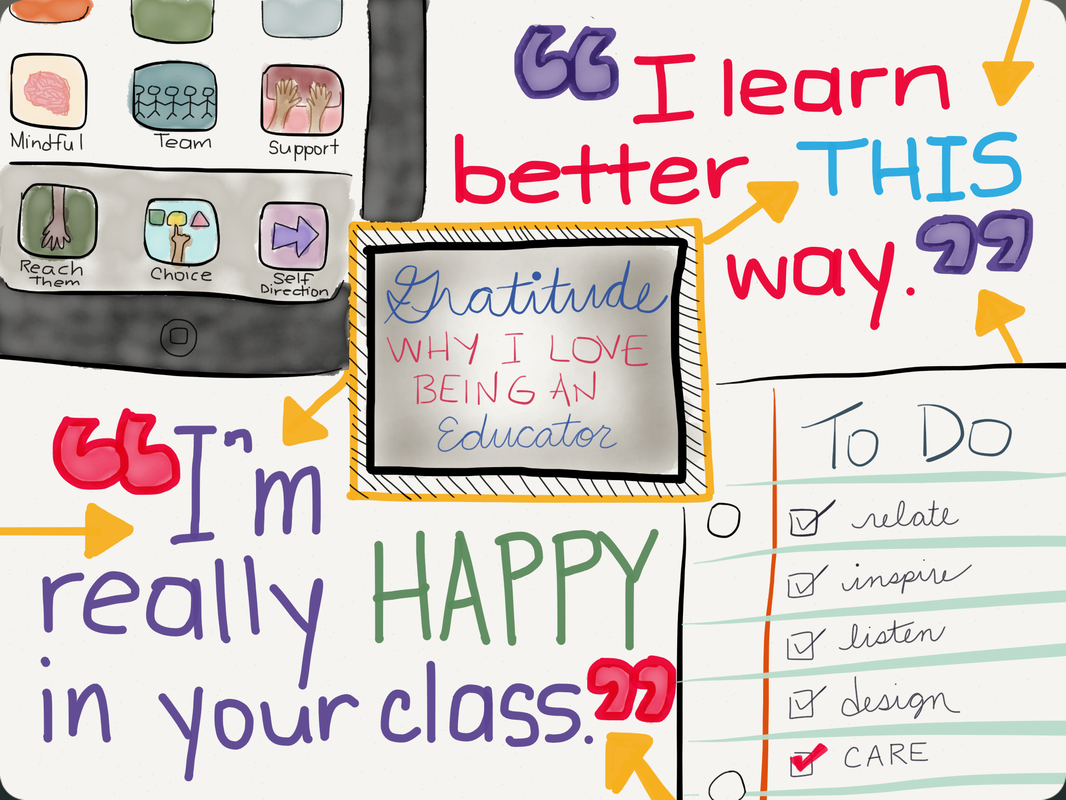

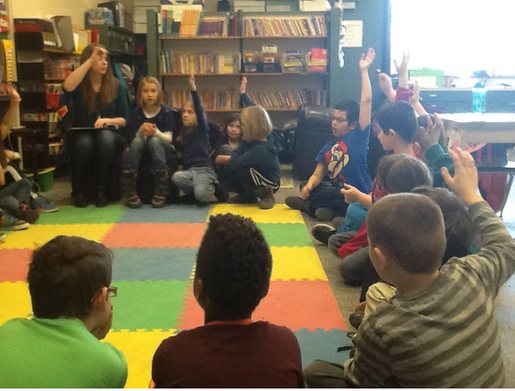

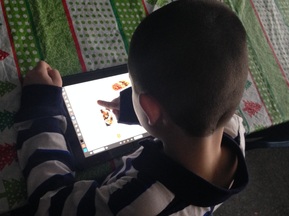



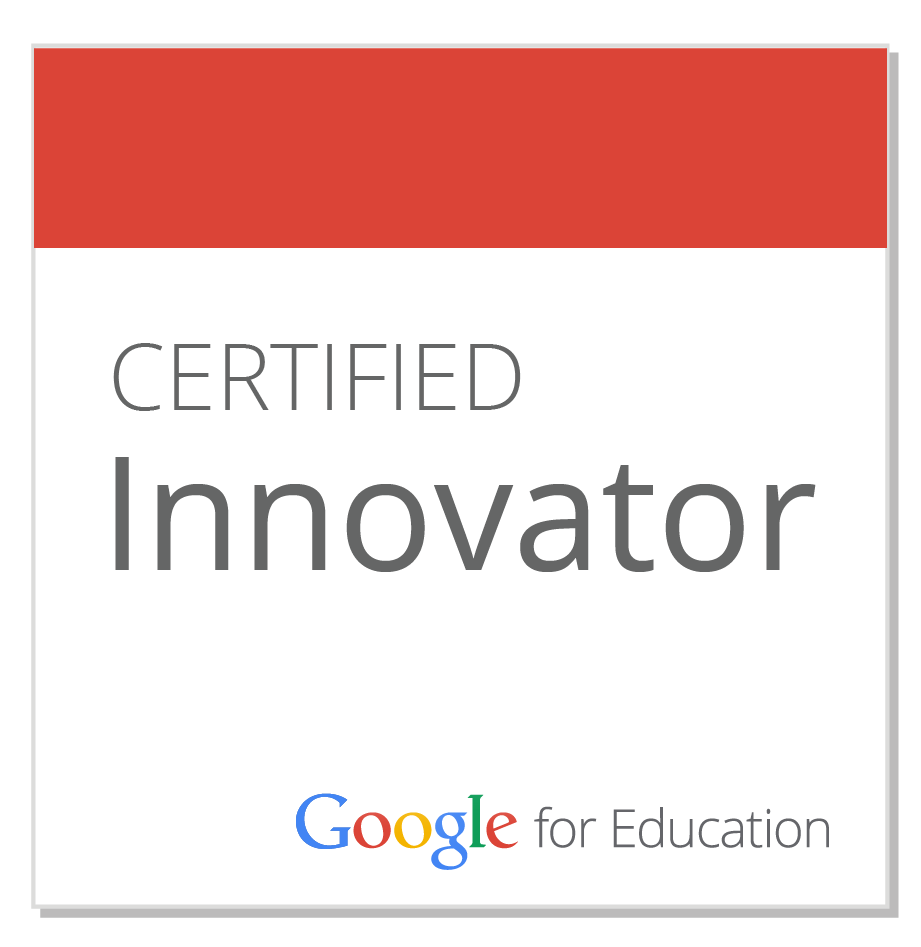
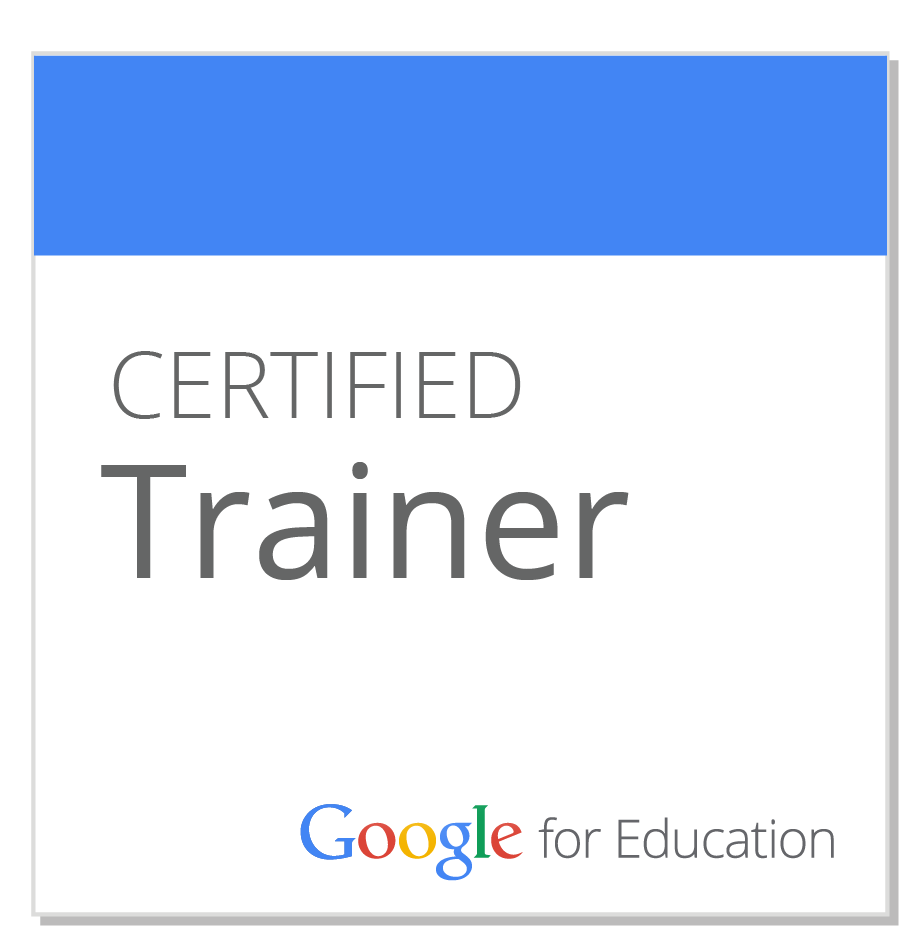
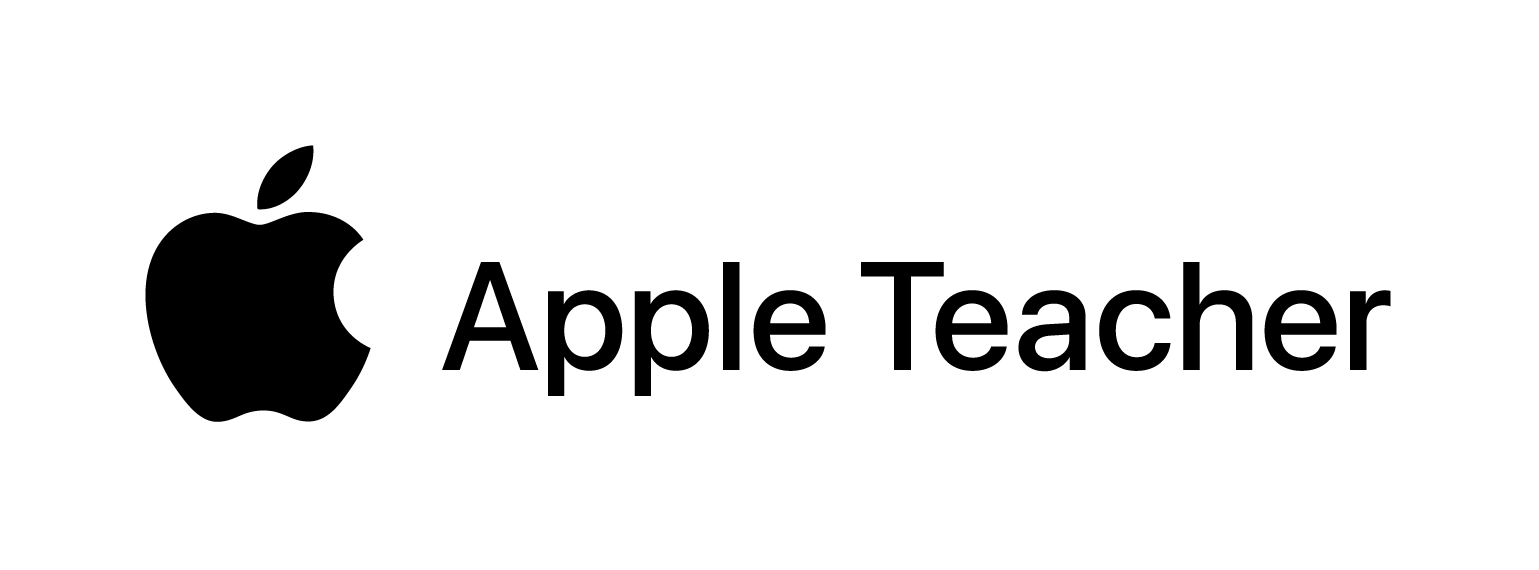
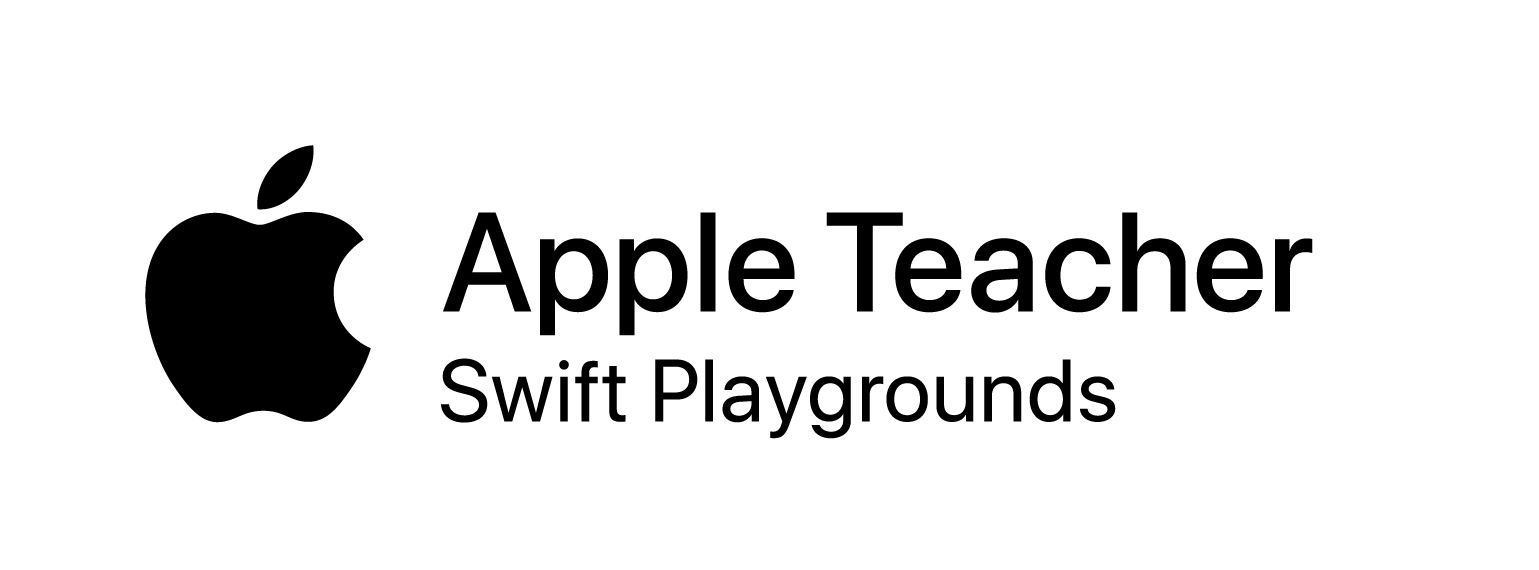
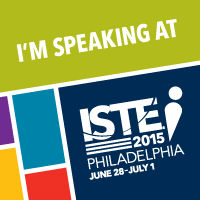
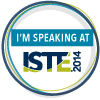
 RSS Feed
RSS Feed
